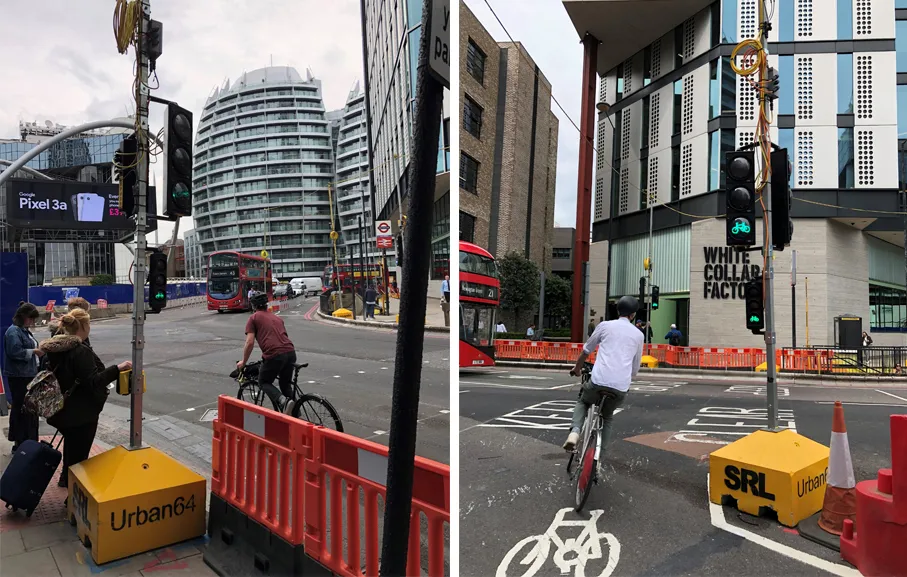The number of heavy goods vehicles (HGVs) travelling through Carlisle’s city centre in the north east of England is estimated to have been reduced by more than a third since the US$276.5 million Carlisle Northern Development Route opened in February 2012. Information gathered from a network of 20 permanent and temporary traffic counters dotted around the city showing ‘before and after’ CNDR road usage is starting to build a more meaningful picture of the benefits the new road has brought to Carlisle.
August 20, 2012
Read time: 2 mins
The number of heavy goods vehicles (HGVs) travelling through Carlisle’s city centre in the north east of England is estimated to have been reduced by more than a third since the US$276.5 million Carlisle Northern Development Route opened in February 2012.
Information gathered from a network of 20 permanent and temporary traffic counters dotted around the city showing ‘before and after’ CNDR road usage is starting to build a more meaningful picture of the benefits the new road has brought to Carlisle.
There has been a marked reduction in both cars and HGVs along the main north to south arterial route through the city – the A7 and A595 – as an average of more than 10,000 vehicles a day use the new 8.25km/5.13-mile road.
Carlisle’s busiest stretch of road, the A595 at Castle Way, has shown a 16 per cent reduction in all vehicles from 38,083 a day before the opening of CNDR to 32,050 afterwards (with a 41 per cent reduction in HGVs from 6,860 to 4,060). Other city centre hotspots have shown similar reductions, with the A7 at Stanwix Bank showing a 16 per cent reduction in all vehicles and a 32 per cent reduction in HGVs.
CNDR has quickly become a key route to travel between the south west of the city and the industrial areas to the north - a big factor for employers looking to develop good communications channels in areas ripe for commercial development.
As expected, there are higher levels of traffic on certain radial routes that have direct links to the CNDR. The county council has already set aside additional capital funding to mitigate against this effect and also improve links to CNDR for pedestrians and cyclists along these radial routes.
Information gathered from a network of 20 permanent and temporary traffic counters dotted around the city showing ‘before and after’ CNDR road usage is starting to build a more meaningful picture of the benefits the new road has brought to Carlisle.
There has been a marked reduction in both cars and HGVs along the main north to south arterial route through the city – the A7 and A595 – as an average of more than 10,000 vehicles a day use the new 8.25km/5.13-mile road.
Carlisle’s busiest stretch of road, the A595 at Castle Way, has shown a 16 per cent reduction in all vehicles from 38,083 a day before the opening of CNDR to 32,050 afterwards (with a 41 per cent reduction in HGVs from 6,860 to 4,060). Other city centre hotspots have shown similar reductions, with the A7 at Stanwix Bank showing a 16 per cent reduction in all vehicles and a 32 per cent reduction in HGVs.
CNDR has quickly become a key route to travel between the south west of the city and the industrial areas to the north - a big factor for employers looking to develop good communications channels in areas ripe for commercial development.
As expected, there are higher levels of traffic on certain radial routes that have direct links to the CNDR. The county council has already set aside additional capital funding to mitigate against this effect and also improve links to CNDR for pedestrians and cyclists along these radial routes.










